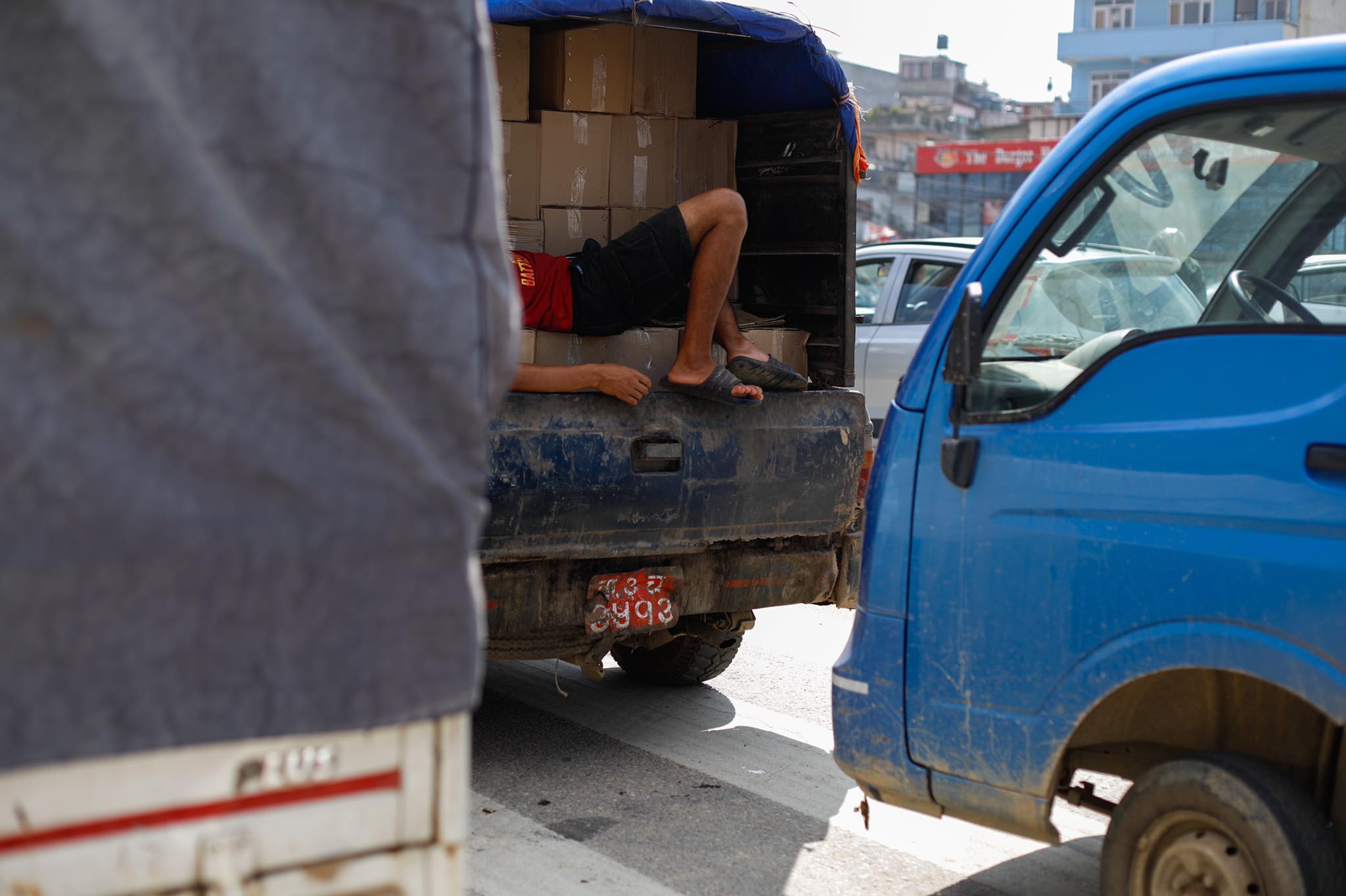Kathmandu Covid-19 lockdown relaxed

After nearly two months, the lockdown in Kathmandu Valley has been relaxed after the number of infections started to go down, but public health experts warn of a surge if precautions are not followed.
In fact, the infection rate has not come down compared to the start of the lockdown on 29 April. At that time, only 10 people across the country had died of Covid-19, whereas on Monday 46 people did. The total active cases was more than 54,000 this week, whereas it was less than 30,000 two months ago.
Despite this, keeping the economic impact of the lockdown in mind, the government loosened restrictions, allowing odd-even private vehicles on the roads, shops to open on alternate days. And although the government has now allowed limited regular international flights to and from Kathmandu, public transport and domestic flights have still not been allowed.
“It is true things are not as bad as in April-May, but the danger is still there, the delta virus is still there and it is infecting and killing people,” says Anup Bastola, a physician treating Covid-19 patients. “I fear there is a danger that a lot more people are going to be infected.”


What can we do till vaccines arrive? Mushfiq Mobarak, Maha Rehman, Satchit Balsari
Bastola says what raises alarms is that most Covid-19 patients during the second wave have the delta variant, only 3% of the population has been fully vaccinated, and carelessness in following protocols could lead to a new surge.
Till this week, 2.5 million people had got their first dose of Covishield or VeroCell vaccines, and only 731,653 had got both doses. There are doubts about when people are going to get their second doses, and complete uncertainty about when the remaining 20 million or so eligible population can get their jabs.
A level of complacency appears to have set in among the public in Kathmandu, and a weariness with the prolonged shut down. A recent survey showed that more than half of employed people in Nepal had lost their jobs during this lockdown, and there are fears of widespread hunger and poverty.






“We had no choice, people have lost their livelihoods and life has become really difficult for people, that is why we had to relax the restriction,” says Kathmandu district chief Dhundi Niraula. “But we are hoping that everyone will take the virus seriously and adopt precautions.”
This does not convince public health experts like Baburam Marasini, who says the official figures for infections and deaths are grossly underestimated, and that the virus is still spreading in the community.
“Maybe it is easier to get beds in hospitals and oxygen now, but this does not mean things are normal,” he says. “In fact, even if the lockdown has been relaxed, we have to keep on behaving as if we are in lockdown, and not venture out unless absolutely necessary, and when we do to mask up and maintain distance.”
However, going by the crowds in Kathmandu markets and the increased traffic at major intersections on Tuesday, it did not look like people were taking the precautions very seriously. Most other districts except Khotang and Morang are loosening their restrictions, following Kathmandu’s example. But increased inter-district movement will make it easier for the virus to spread.
Warns Bastola: “You have protected yourself for more than a year, why do you want to risk your life now?”
Read also: After lockdown, we will need masks more than ever, Tom Robertson




